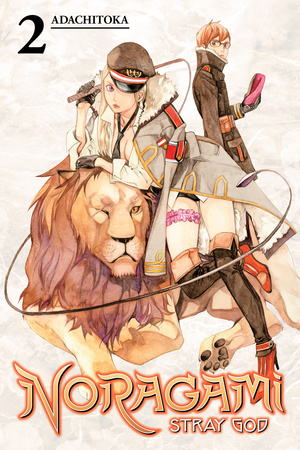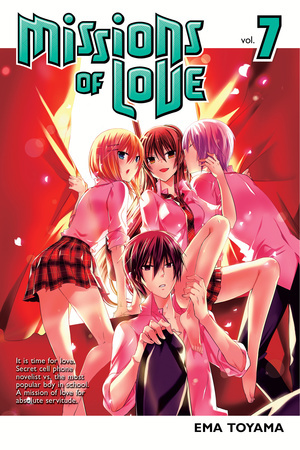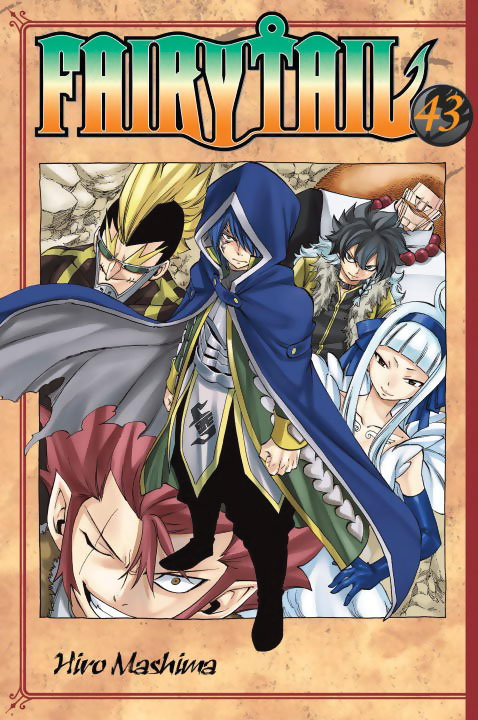My News and Reviews Last week I posted a review of Chōhei Kambayashi's award-winning novel Good Luck, Yukikaze. Because I had enjoyed Yukikaze, the first novel in the series, I was looking forward …
Continue Reading about My Week in Manga: January 19-January 25, 2015 →



